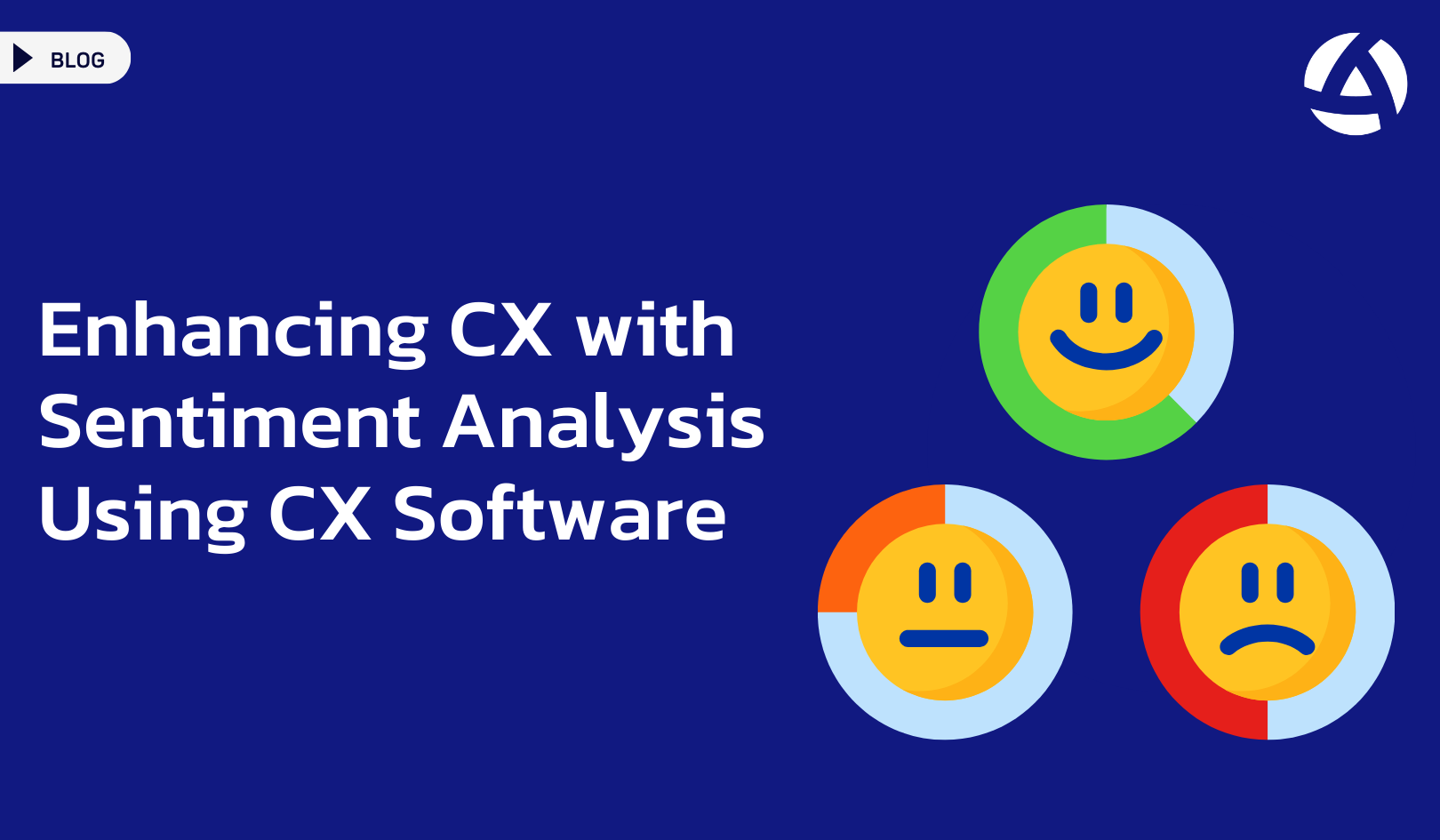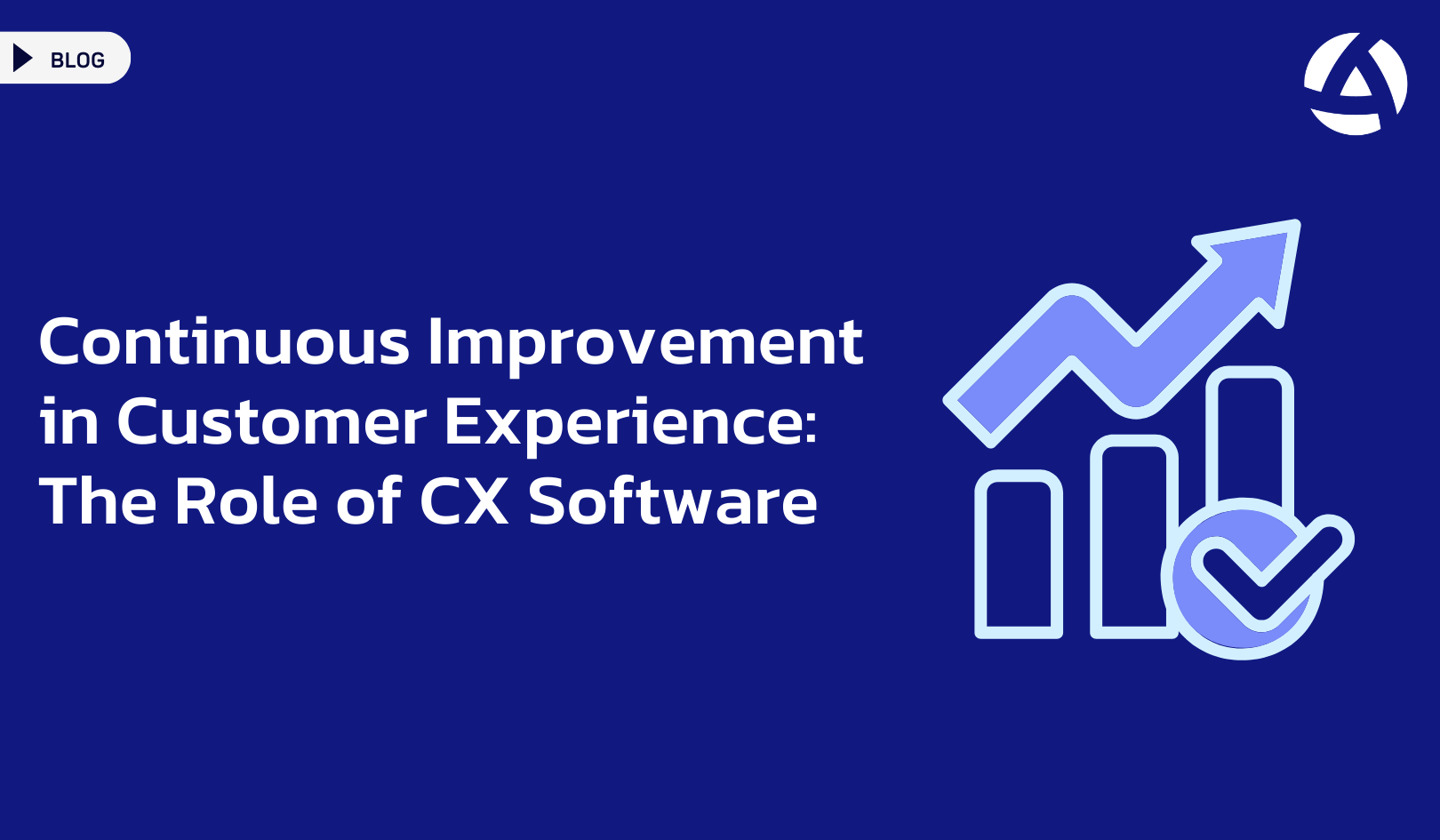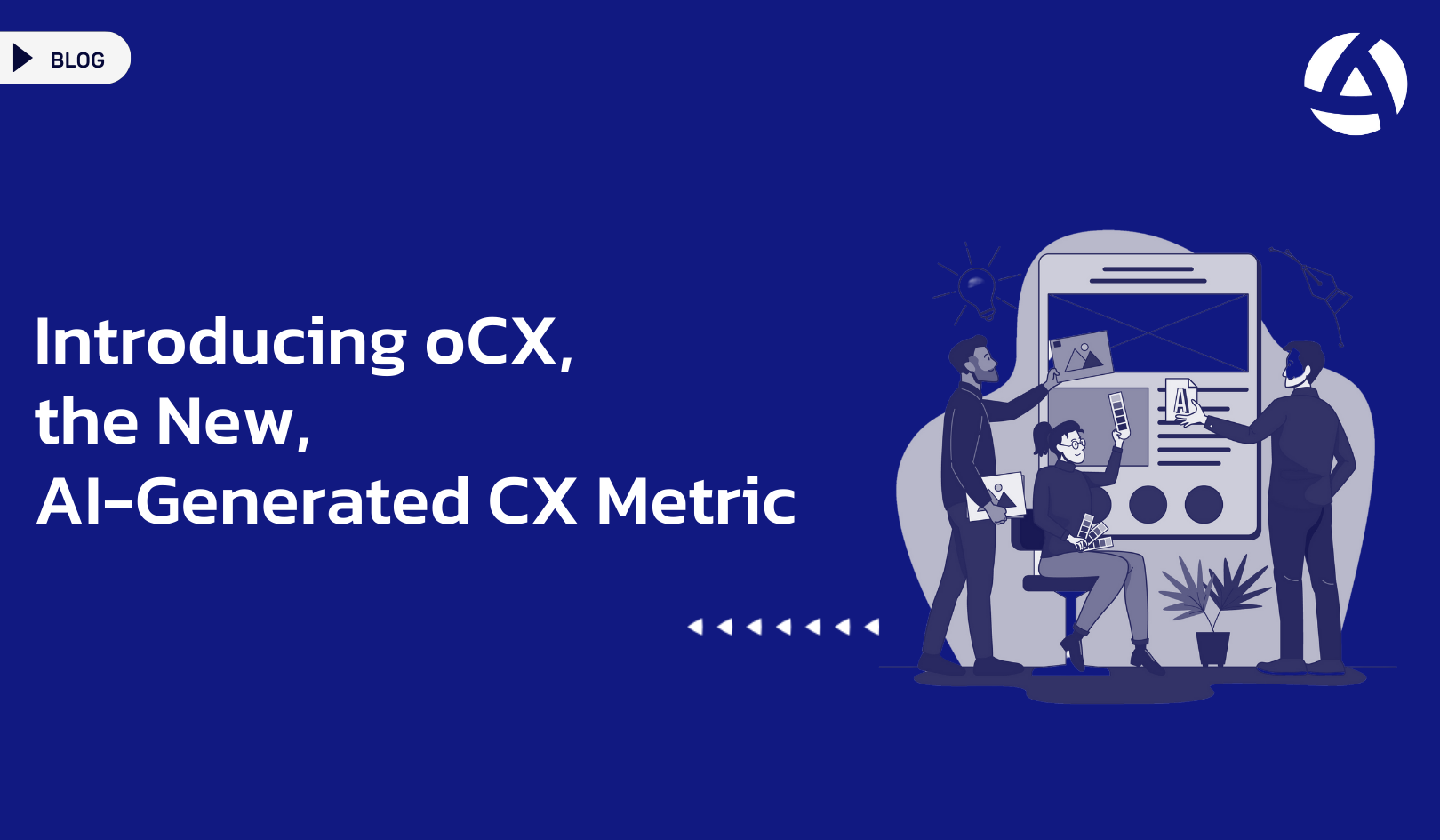Sentiment analysis has become a crucial tool for businesses striving to improve their customer experience strategies. By leveraging the power of advanced CX software, companies can gain valuable insights into customer sentiments, enabling them to make informed decisions and drive customer satisfaction.
What is Sentiment Analysis?
Sentiment analysis, also known as opinion mining, is a technique used to determine the emotional tone behind a series of words. It helps identify whether the expressed sentiment in a piece of text is positive, negative, or neutral. By analyzing customer feedback, social media interactions, and other forms of textual data, businesses can understand their customers’ emotions and perceptions more accurately.
The Role of CX Software in Sentiment Analysis
CX software integrates sentiment analysis to offer a comprehensive view of customer feedback. This software uses advanced algorithms and natural language processing (NLP) techniques to interpret and classify the sentiment expressed in textual data. The insights gained from sentiment analysis help businesses understand customer emotions, identify trends, and improve their products and services.
Benefits of Sentiment Analysis in CX Software
- Improving Customer Satisfaction: By analyzing customer feedback, businesses can identify the factors that contribute to positive or negative experiences. Understanding these elements allows companies to address issues promptly and enhance overall customer satisfaction.
- Real-Time Insights: CX software provides real-time sentiment analysis, enabling businesses to monitor customer feedback as it happens. This immediacy allows for quick responses to emerging issues, ensuring that customer concerns are addressed promptly.
- Enhancing Product Development: Sentiment analysis helps businesses gather insights about customer preferences and pain points. This information is invaluable for product development teams, enabling them to create offerings that better meet customer needs and expectations.
- Personalizing Customer Interactions: Understanding customer sentiments allows businesses to tailor their interactions more effectively. Personalized communication based on sentiment analysis can significantly enhance customer engagement and loyalty.
- Monitoring Brand Reputation: CX software helps businesses keep track of their brand reputation by analyzing sentiments expressed in social media, reviews, and other online platforms. This ongoing monitoring enables companies to maintain a positive brand image and address any negative feedback proactively.
Implementing Sentiment Analysis with CX Software
- Data Collection: The first step is to gather textual data from various customer touchpoints. This includes social media comments, online reviews, customer support interactions, and survey responses. A comprehensive CX software solution can aggregate this data efficiently.
- Natural Language Processing (NLP): Utilizing NLP techniques, the CX software processes and interprets the textual data. NLP algorithms can identify sentiment, detect topics, and recognize entities within the text, transforming raw data into actionable insights.
- Sentiment Classification: Sentiment analysis classifies feedback into positive, negative, or neutral sentiments. This classification helps businesses gauge overall customer satisfaction and identify areas needing attention.
- Generating Reports: The final step is translating the analyzed data into actionable insights. CX software can generate reports and visualizations that highlight key findings, helping businesses make informed decisions to improve customer experience.
Overcoming Challenges with Sentiment Analysis
Implementing sentiment analysis comes with its challenges. One major hurdle is accurately interpreting the context and nuances of customer feedback. CX software needs to employ sophisticated NLP algorithms to handle these complexities. Additionally, businesses must ensure their CX software can process large volumes of data efficiently, given the vast amount of unstructured data generated daily.
Another challenge is integrating sentiment analysis with existing customer experience strategies. Businesses need to align sentiment analysis insights with their overall CX goals and ensure seamless communication between departments. By fostering a data-driven culture and encouraging collaboration, companies can maximize the benefits of sentiment analysis.
Conclusion
Sentiment analysis, when integrated with powerful CX software, offers businesses a strategic advantage in managing and enhancing customer experience. By understanding customer sentiments, identifying trends, and personalizing interactions, sentiment analysis transforms unstructured data into a wealth of insights. Businesses that harness this power are better equipped to meet customer needs, drive satisfaction, and foster loyalty in an increasingly competitive market.




